For US chip giant Intel, the darling of the computer age before it fell on harder times in the AI era, things might have been quite different.
About seven years ago, the company had the chance to buy a stake in OpenAI, then a fledgling non-profit research organization working in a little-known field called generative artificial intelligence, four people with direct knowledge of those discussions told Reuters.
Over several months in 2017 and 2018, executives at the two companies discussed various options, including Intel buying a 15% stake for $1 billion in cash, three of the people said. They also discussed Intel taking an additional 15% stake in OpenAI if it made hardware for the startup at cost price, two people said.
Intel ultimately decided against a deal, partly because then-CEO Bob Swan did not think generative AI models would make it to market in the near future and thus repay the chipmaker’s investment, according to three of the sources, who all requested anonymity to discuss confidential matters.
OpenAI was interested in an investment from Intel because it would have reduced their reliance on Nvidia’s chips and allowed the startup to build its own infrastructure, two of the people said. The deal also fell through because Intel’s data center unit did not want to make products at cost, the people added.
An Intel spokesperson did not address questions about the potential deal. Swan did not respond to a request for comment and OpenAI declined to comment.
Intel’s decision not to invest in OpenAI, which went on to launch the groundbreaking ChatGPT in 2022 and is now reportedly valued at about $80 billion, has not previously been made public.
It is among a series of strategic misfortunes that have seen the company, which was at the cutting edge of computer chips in the 1990s and 2000s, stumble in the era of AI, according to Reuters interviews with nine people familiar with the matter including former Intel executives and industry experts.
Last week, Intel’s second-quarter earnings triggered a stock price decline of more than a quarter of its value in its worst trading day since 1974.
For the first time in 30 years, the tech company is worth less than $100 billion. The erstwhile market kingpin – whose marketing slogan “Intel Inside” long represented the gold standard of quality – is still struggling to get a blockbuster AI chip product to market.
Intel is now dwarfed by $2.6 trillion rival Nvidia , which has pivoted from video game graphics to AI chips needed to build, train and operate large generative AI systems like OpenAI’s GPT4 and Meta Platforms’ Llama models. Intel has also fallen behind the $218 billion AMD.
Asked about its AI progress, the Intel spokesperson referred to recent comments by CEO Pat Gelsinger, who said the company’s third-generation Gaudi AI chip, which it aims to launch in the third quarter of this year, would outperform rivals.
Gelsinger said the company had “20-plus” customers for the second and third generation of Gaudi and that its next-generation Falcon Shores AI chip would launch in late 2025.
“We are nearing the completion of a historic pace of design and process technology innovation, and we are encouraged by the product pipeline we’re building to capture a greater share of the AI market going forward,” the spokesperson told Reuters.
Gaming chips sweep AI
On the OpenAI front, Microsoft stepped in to make an investment in 2019, propelling itself to the forefront of the AI era triggered by the 2022 release of ChatGPT and a frenzy of activity among the largest companies in the world to deploy AI.
Although in hindsight the prospective deal was a missed chance for Intel, the company has been gradually losing the battle for AI supremacy for more than decade, according to the former executives and industry experts interviewed.
“Intel failed in AI because they didn’t present a cohesive product strategy to their customers,” said Dylan Patel, founder of semiconductor research group SemiAnalysis.
For more than two decades, Intel believed the CPU, or central processing unit, like the ones that power desktop and laptop computers, could more effectively handle the processing tasks required to build and run AI models, according to four former Intel executives with direct knowledge of the company’s plans.
Intel engineers viewed the graphics processing unit (GPU) video gaming chip architecture, used by rivals Nvidia and Advanced Micro Devices, as comparatively “ugly,” one of the people said.
By the mid 2000s, though, researchers had discovered that the gaming chips were far more efficient than CPUs at handling the intensive data crunching necessary to build and train large AI models. Because GPUs are designed for game graphics, they can perform an enormous number of calculations in parallel.
Nvidia’s engineers have spent years since then modifying the GPU architecture to tune them for AI uses, and built the software necessary to harness the capabilities.
“When AI hit … Intel just didn’t have the right processor at the right time,” said Lou Miscioscia, analyst at Japanese investment bank Daiwa.
Nervana and Habana
Since 2010, Intel has made at least four attempts to produce a viable AI chip, including acquiring two startups and at least two major homegrown efforts. None have made a dent against Nvidia or AMD in the rapidly expanding and lucrative market, according to three people with direct knowledge of the company’s internal activities.
Intel’s entire data center business is expected to generate sales of $13.89 billion this year – which includes the company’s AI chips but many other designs too – while analysts expect Nvidia to generate data center revenue of $105.9 billion.
In 2016, Intel CEO Brian Krzanich sought to buy its way into the AI business by acquiring Nervana Systems for $408 million. Intel executives were attracted to Nervana’s technology, which was similar to a tensor processing unit (TPU) chip made by Google, according to two former executives.
The TPU – specifically designed for building, or training, large generative AI models – stripped away a conventional GPU’s features useful for video games and focused exclusively on optimizing AI calculations.
Nervana enjoyed some success with customers including Meta Platforms for its processor, though not enough to prevent Intel from switching horses and abandoning the project.
In 2019, Intel bought a second chip startup, Habana Labs, for $2 billion before it shut down Nervana’s efforts in 2020.
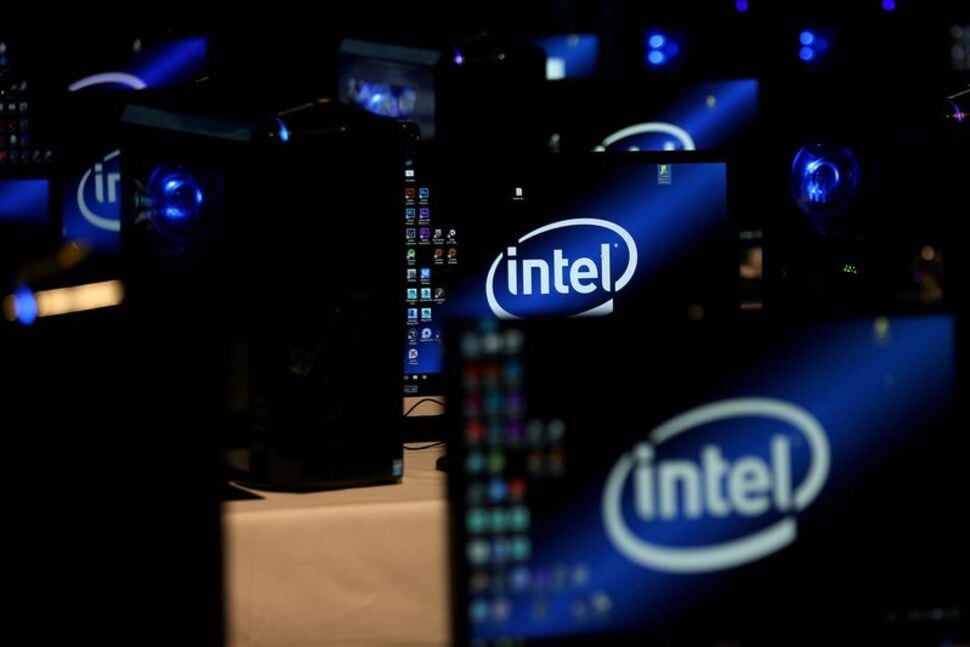
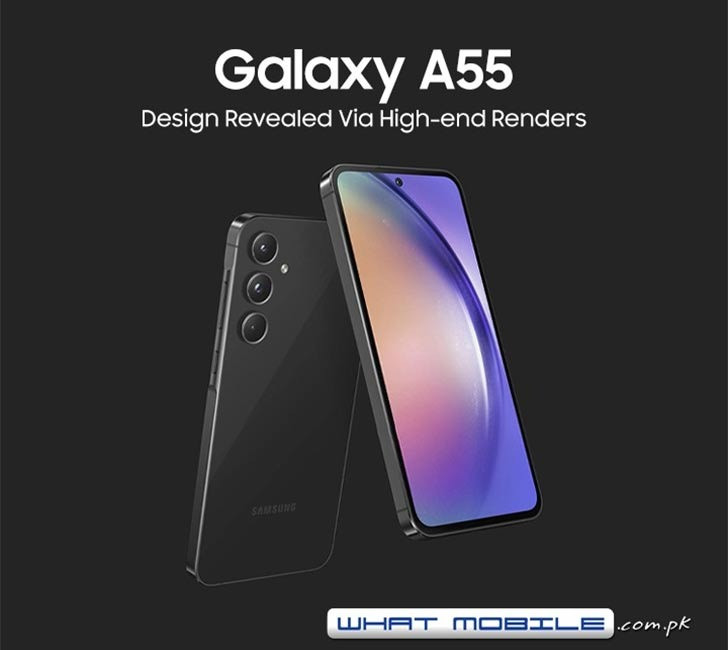
 Technology6 مہینے ago
Technology6 مہینے ago
 Pakistan7 مہینے ago
Pakistan7 مہینے ago
 Sports6 مہینے ago
Sports6 مہینے ago
 Pakistan6 مہینے ago
Pakistan6 مہینے ago
 Entertainment6 مہینے ago
Entertainment6 مہینے ago
 Sports5 مہینے ago
Sports5 مہینے ago
 Pakistan7 مہینے ago
Pakistan7 مہینے ago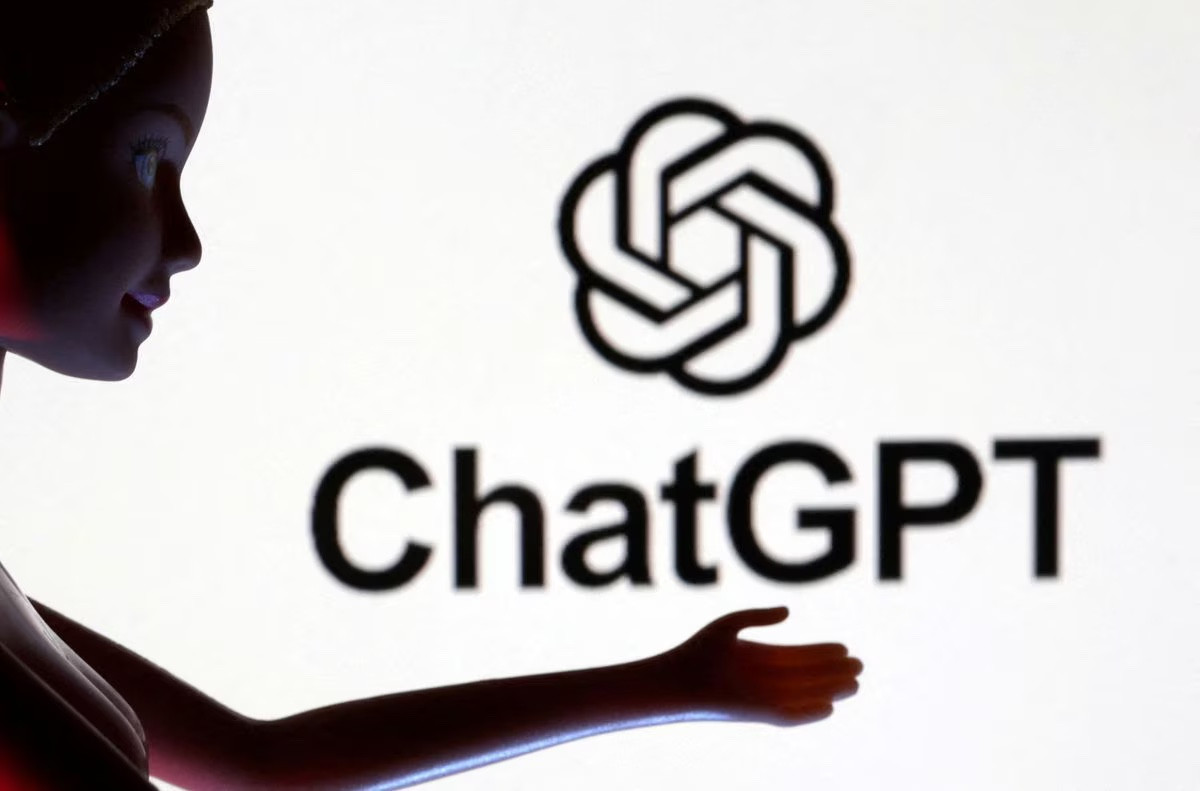
 Pakistan6 مہینے ago
Pakistan6 مہینے ago





1725781073-0/Untitled-design-(3)1725781073-0.jpg)

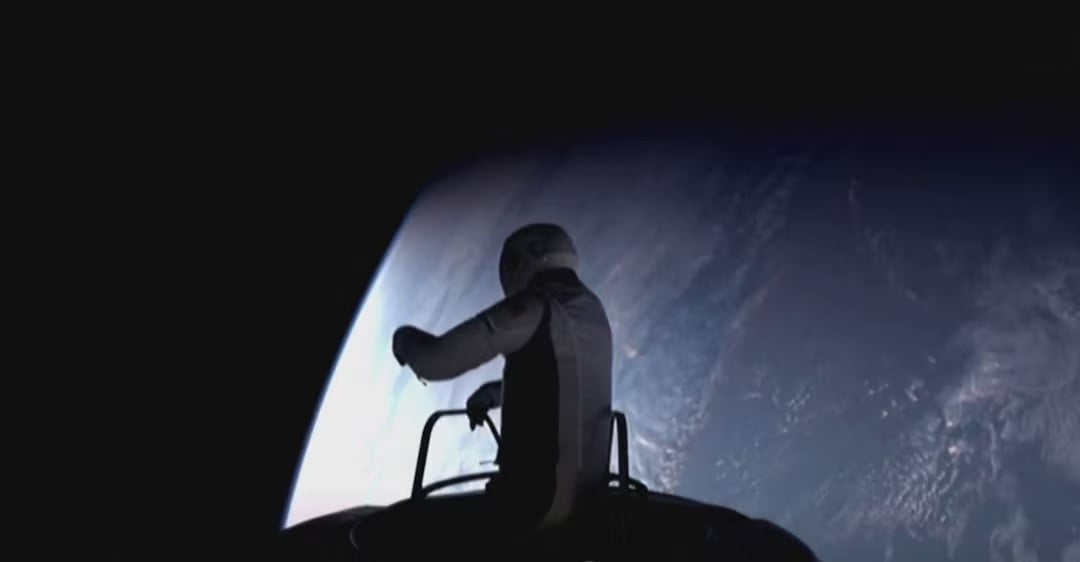
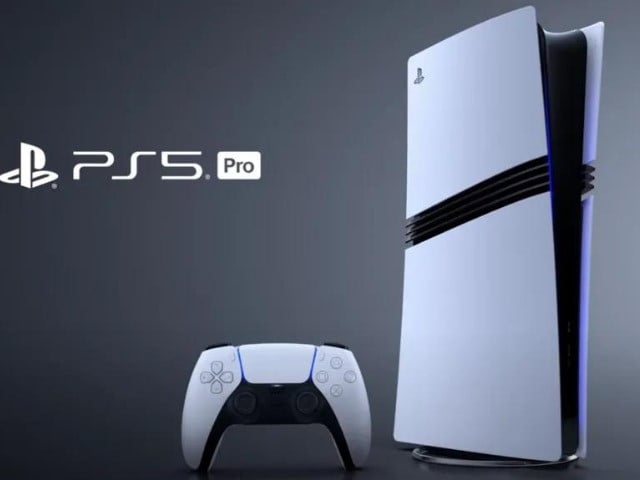
1726134115-0/BeFunk_-(41)1726134115-0.jpg)




